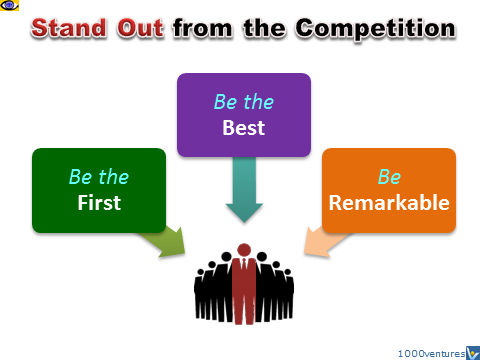In the fast-paced world of technology, consumers are constantly searching for the latest devices and gadgets to keep up with the ever-evolving trends. However, as new products enter the market, there is a simultaneous increase in returns and exchanges. This is where the concept of reverse logistics comes into play – the process of managing and optimizing product returns throughout the supply chain.
Understanding Reverse Logistics
Reverse logistics involves the flow of products from the end consumer back to the manufacturer or retailer. It encompasses various activities such as product returns, refurbishing, repair, recycling, and even disposal. In the tech industry, where cutting-edge innovations are introduced regularly, reverse logistics is crucial for sustaining customer satisfaction and minimizing financial losses.
The Importance of Efficient Returns and Exchanges Management
Managing returns and exchanges effectively is vital for businesses operating in the tech niche. Here are a few key reasons why:
1. Customer Satisfaction: A seamless returns and exchanges process enhances customer satisfaction. By offering hassle-free returns, companies can build trust and loyalty, encouraging repeat purchases.
2. Competitive Advantage: Providing smooth reverse logistics experiences distinguishes tech companies from their competitors. Word of mouth travels rapidly, and positive experiences can attract new customers and help retain existing ones.
3. Cost Reduction: Efficient returns management reduces operational costs. By streamlining processes, businesses can minimize inventory write-offs, transportation expenses, and storage costs.
Implementing Effective Strategies
To successfully manage returns and exchanges, tech companies need to implement well-thought-out strategies and processes. Here are a few essential steps:
1. Streamline the Returns Process: Make the returns process convenient and accessible to customers. Simplify online return forms, provide clear instructions, and offer pre-paid return labels.
2. Automate Tracking and Communication: Utilize technology to automate tracking and communication during the reverse logistics process. This enables both customers and businesses to monitor the status of returns, ensuring transparency.
3. Establish Return Policies: Clearly define return policies to avoid confusion. State return windows, condition requirements, and refund or exchange options. Transparent policies help manage customer expectations effectively.
4. Implement Efficient Refurbishment: Develop efficient processes for refurbishing returned products. This may involve comprehensive testing, cleaning, software updates, and repairs. Restoring products to their original condition saves costs and allows for resale.
5. Optimize Inventory Management: Analyze return trends and adjust inventory levels accordingly. By gaining insights into why customers return products, businesses can identify areas for improvement and adjust stock levels to avoid excess inventory.
The Role of Technology
Technology plays a pivotal role in managing reverse logistics effectively. Here are a few ways in which tech solutions enhance the entire process:
1. Data Analytics: Utilize data analytics tools to monitor return trends, identify common issues, and make data-driven decisions. This helps to optimize processes and minimize future returns.
2. Customer Relationship Management (CRM) Systems: Integrate CRM systems to consolidate customer information. This enables personalized communications and helps address customer concerns promptly, enhancing overall satisfaction.
3. Inventory Management Software: Leverage inventory management software to keep track of returned products, streamline restocking procedures, and improve inventory accuracy and efficiency.
The Future of Reverse Logistics in Tech
As the tech industry continues to evolve rapidly, there will be an increasing need for efficient reverse logistics management. With advancements in automation, artificial intelligence, and robotics, the future of reverse logistics holds great promise in ensuring seamless returns and exchanges.
In conclusion, reverse logistics is a critical component of the tech industry, enabling businesses to manage returns and exchanges effectively. By implementing efficient strategies, leveraging technology, and prioritizing customer satisfaction, tech companies can not only optimize operations but also stay ahead in this highly competitive market.




